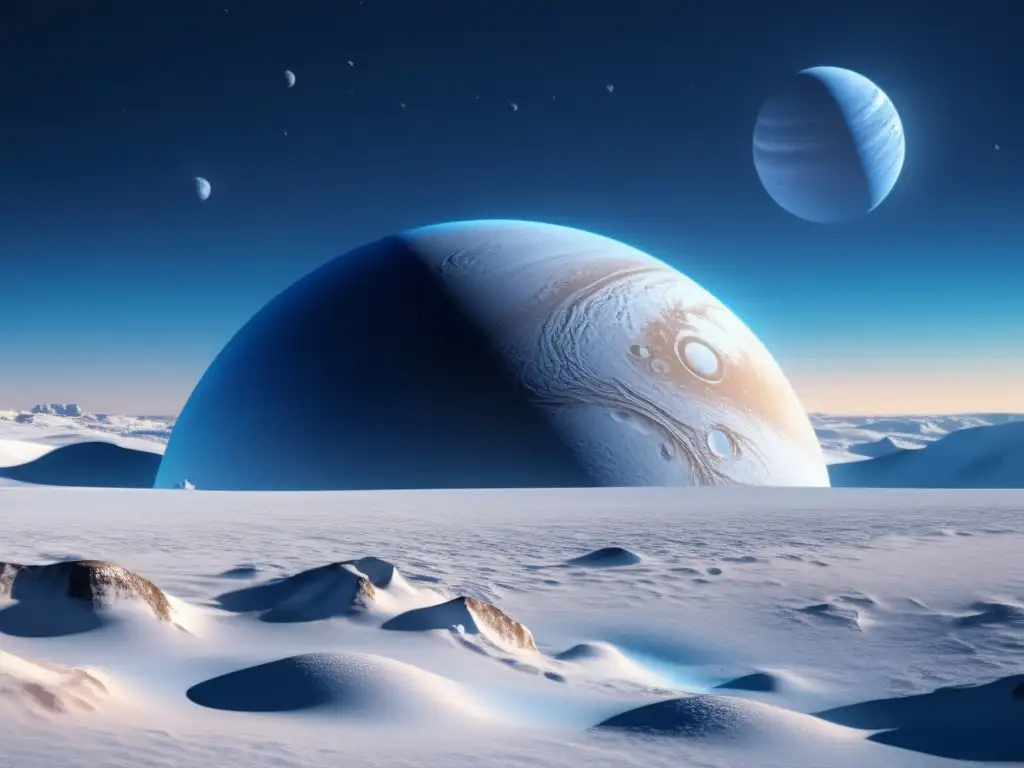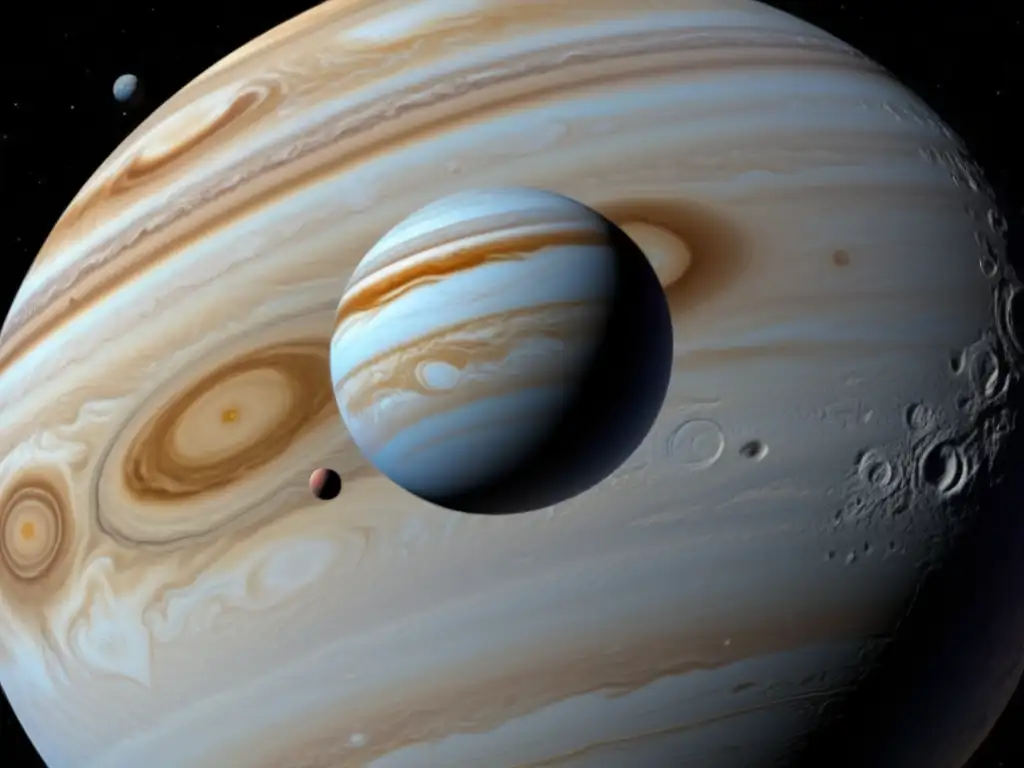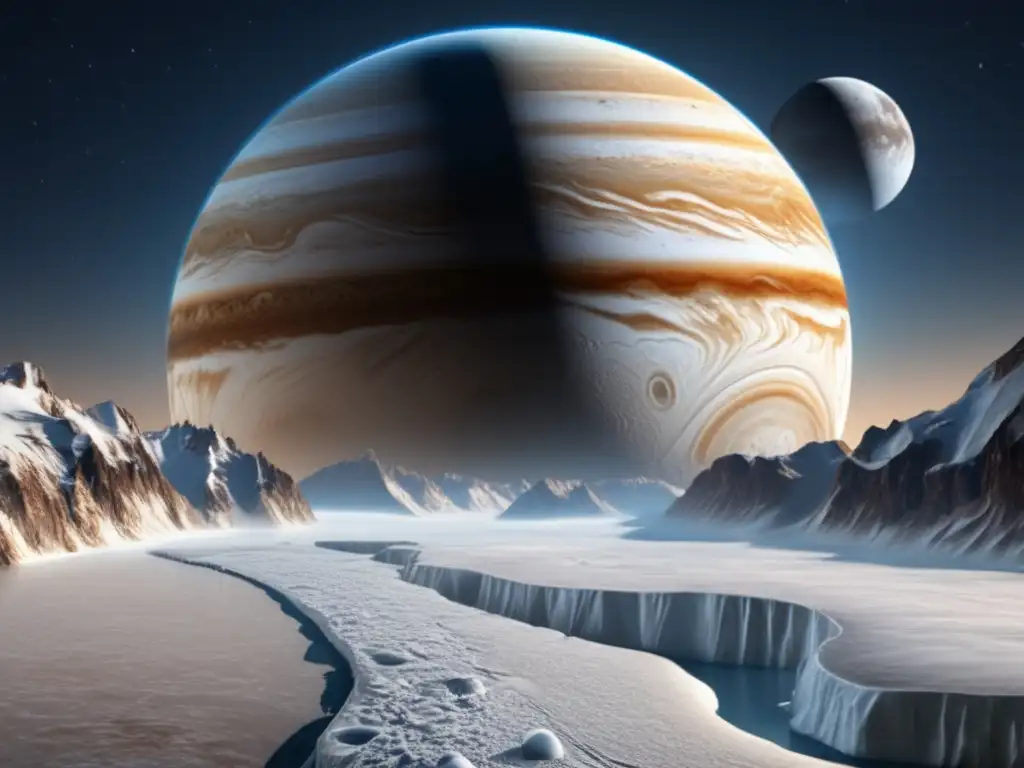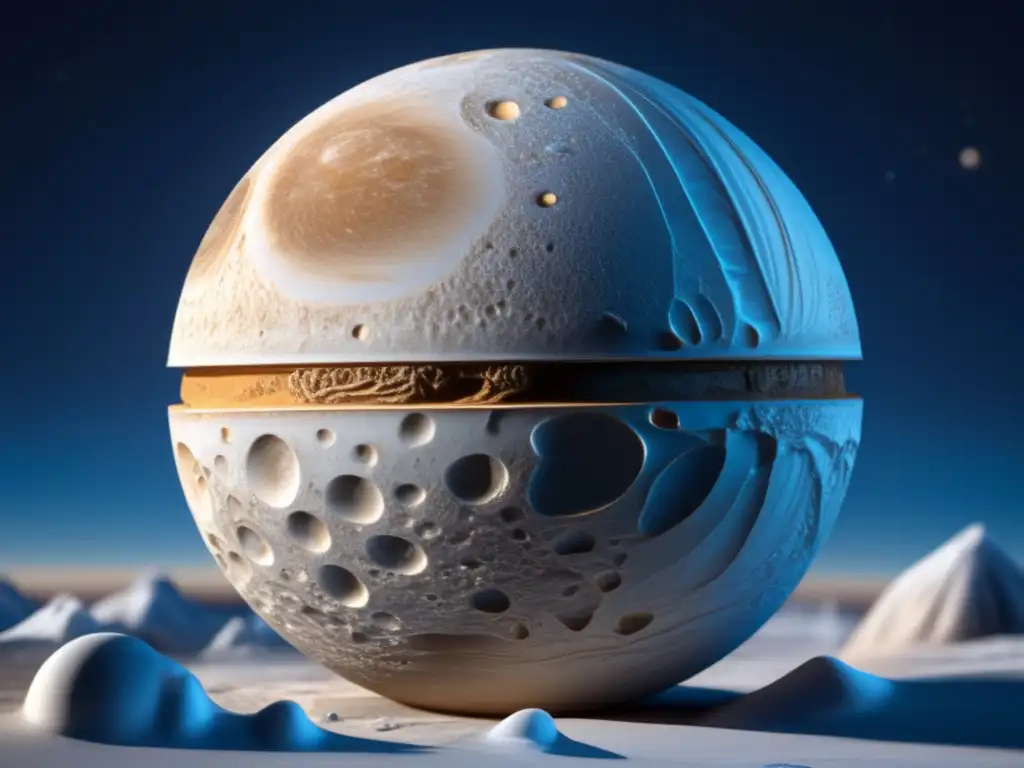Exploring The Characteristics Of Asteroid Europa

Introduction
Asteroids are fascinating celestial objects that have captivated the curiosity of scientists and space enthusiasts alike. Each asteroid possesses unique characteristics that contribute to our understanding of the solar system's formation and evolution. In this article, we will delve into the world of asteroid Europa, exploring its key features and shedding light on its significance within the realm of asteroids.
Europa's Composition and Size

Composition
Europa is classified as a metallic asteroid, predominantly composed of iron and nickel. Its high metal content makes it particularly interesting for scientific study, as it provides insights into the early processes of planetary formation. Additionally, Europa may contain trace amounts of other elements such as carbon, sulfur, and rare metals.
Size
Europa measures approximately 300 kilometers in diameter, placing it in the category of medium-sized asteroids. Its size significantly impacts its gravitational pull and its potential for future exploration missions. Understanding the size of Europa facilitates calculations regarding its mass and density, crucial factors in determining its physical properties.
Europa's Orbital Characteristics

Orbital Period
Europa completes one orbit around the Sun every 4.76 Earth years. The length of its orbital period influences its proximity to other celestial bodies and determines the potential for gravitational interactions with nearby planets or asteroids.
Orbital Path
Europa follows a relatively elliptical orbit, with its closest distance to the Sun at perihelion and the farthest point at aphelion. This eccentricity impacts its exposure to solar radiation and temperature variations throughout its orbital path.
Europa's Surface Features

Regolith and Craters
Europa's surface is covered with a layer of regolith, composed of small rocky fragments resulting from impacts with other asteroids and comets. Numerous craters can be observed on Europa, representing the remnants of past collisions. Studying these craters provides valuable information about the history of impacts in the asteroid belt.
Ridges and Grooves
Besides craters, Europa exhibits distinct ridges and grooves across its surface. These linear features are believed to have formed due to internal tectonic activity or the effects of gravitational interactions with neighboring asteroids. Understanding the formation mechanisms of these geological structures contributes to our knowledge of asteroid dynamics.
Europa's Potential for Exploration

Mission Possibilities
Given its unique composition and size, Europa presents an enticing target for future space exploration missions. Probing the surface and collecting samples from Europa would allow scientists to gain insights into the early stages of the solar system's formation and understand the processes that shaped our celestial neighborhood.
Potential for Resource Extraction
The metal-rich composition of Europa raises the prospect of resource extraction in the future. Precious metals and rare minerals within this asteroid could be invaluable for various industries. However, the logistics and feasibility of asteroid mining are still under study, considering technological challenges and ethical considerations.
Frequently Asked Questions

-
Can Europa's composition provide clues about the early solar system?
Absolutely! Europa's metallic composition offers valuable insights into the formation processes of our solar system. Studying its composition helps us understand the different stages of planetary accretion and the distribution of elements during that time.
-
What are the potential risks associated with exploring Europa?
Exploring Europa poses several challenges, such as navigating its irregular surface and potential hazards from its gravitational interactions with other asteroids. Additionally, adequately protecting spacecraft and equipment from the harsh radiation environment is crucial.
-
How do ridges and grooves form on Europa?
Ridges and grooves on Europa are believed to be a result of internal tectonic activity and the interaction between neighboring asteroids. These geological features provide clues about the dynamic processes at work within asteroids.
-
Are there any planned missions to explore Europa?
As of now, there are no specific missions planned solely for exploring Europa. However, various proposals have been put forth by space agencies and private companies to study and potentially mine asteroids in the future.
-
How can studying Europa benefit humanity?
Studying Europa can expand our understanding of the universe and shed light on the origin and evolution of our solar system. Additionally, the potential for resource extraction from Europa could significantly impact industries back on Earth.
Conclusion
Asteroid Europa offers a wealth of knowledge and potential for further scientific exploration. Its unique characteristics, including composition, size, orbital path, and surface features, provide valuable insights into the formation and dynamics of the solar system. As we continue to unravel the mysteries of asteroids, Europa remains a key focal point for future space missions and scientific study. Share your thoughts and engage with us at Asteroid Realm as we delve deeper into the captivating world of asteroids.
For additional resources and further reading on asteroids, visit www.asteroidrealm.com/resources
 Asteroid Thisbe: A Study Of Its Rotation And Composition
Asteroid Thisbe: A Study Of Its Rotation And Composition A Journey To Asteroid Kalliope: The Mother Of Orpheus
A Journey To Asteroid Kalliope: The Mother Of Orpheus The Surprising Discovery Of Asteroid Fortuna
The Surprising Discovery Of Asteroid FortunaIf you want to discover more articles similar to Exploring The Characteristics Of Asteroid Europa, you can visit the Asteroid Profiles category.
Leave a Reply

Articulos relacionados: